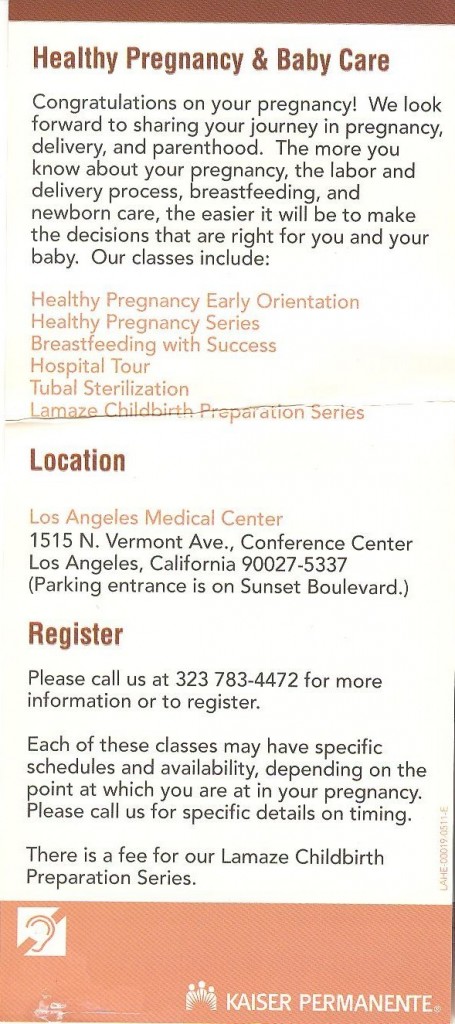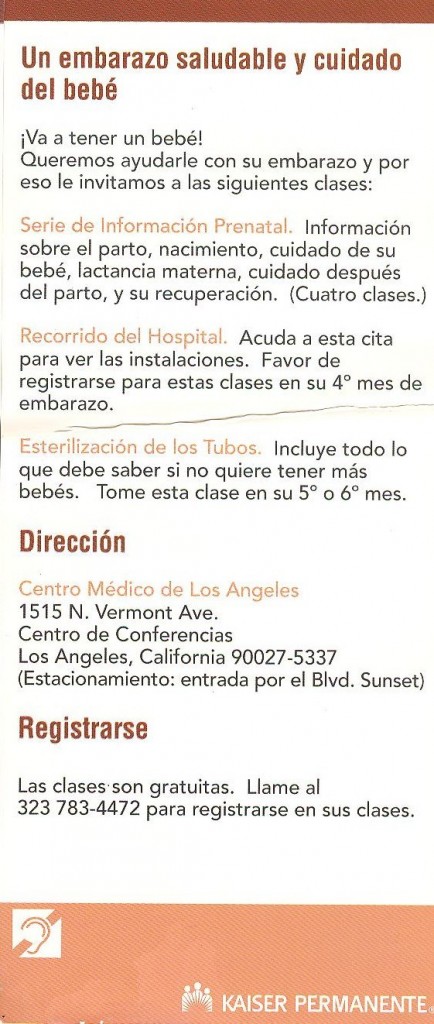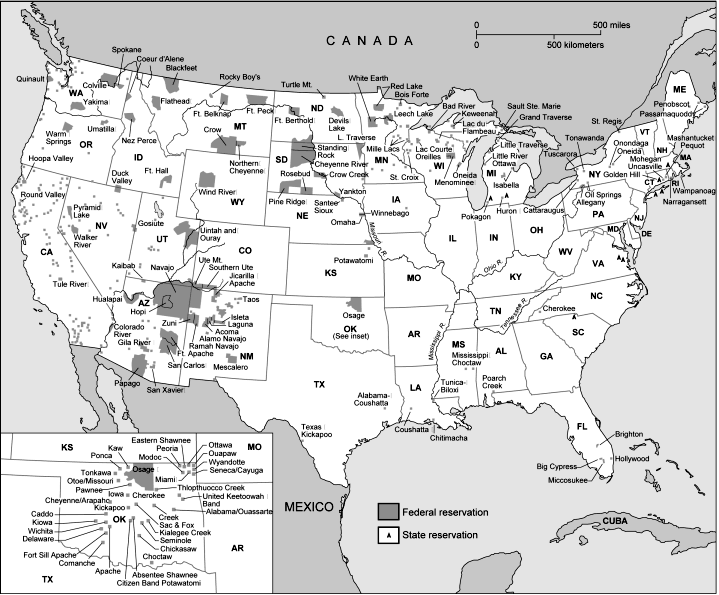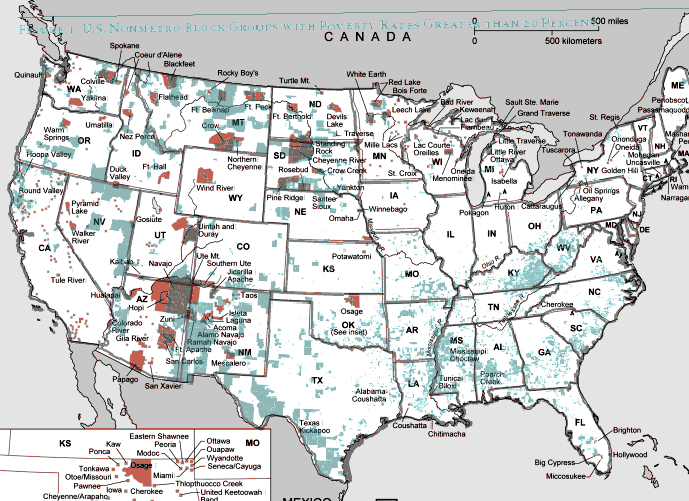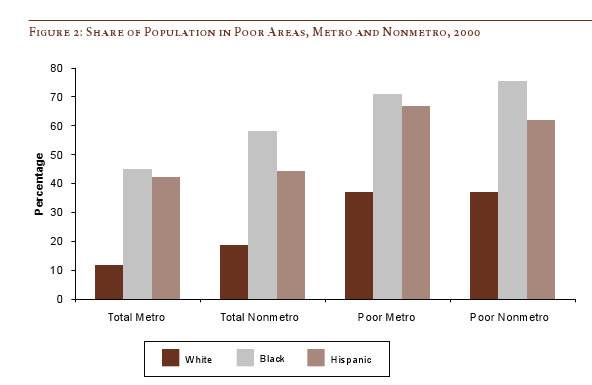The new National Review depicts Supreme Court nominee Sotomayor as a Buddha:

Many commentators have criticized the cover for using racial stereotypes. They write as if the people at the National Review are ignorant (e.g., can’t tell the different between different races). But it’s not an accident, it’s a purposefully racist joke. Of all the commentary I’ve seen so far, Neil Sinhababu said it the most clearly (via):
…the joke actually depends on incongruities between the stereotypes of the nonwhite ethnicities involved. The Buddha-like pose and Asian features are tied to lofty pretensions of sagelike wisdom. And what sort of person is it who’s pretending to be some kind of sage? A Hispanic woman! As if.
The in-joke in this cover is for people who have already internalized a stereotype of Hispanic women as hotheaded and not that bright. Put one of them in the Buddha suit, and if you’ve absorbed the right racist stereotypes, the incongruity is hilarious.
I think the larger story here is not that the cover is racist, but that race-based criticism is fair game in contemporary U.S. politics. The last election should have made this abundantly clear (see here, here, here, here, here, here, here, here, here, here, and herefor examples).
—————————
Lisa Wade is a professor of sociology at Occidental College. You can follow her on Twitter and Facebook.








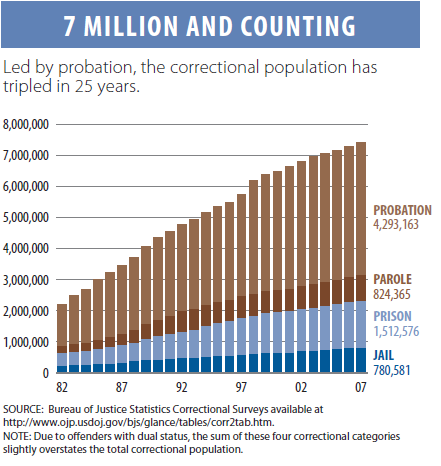
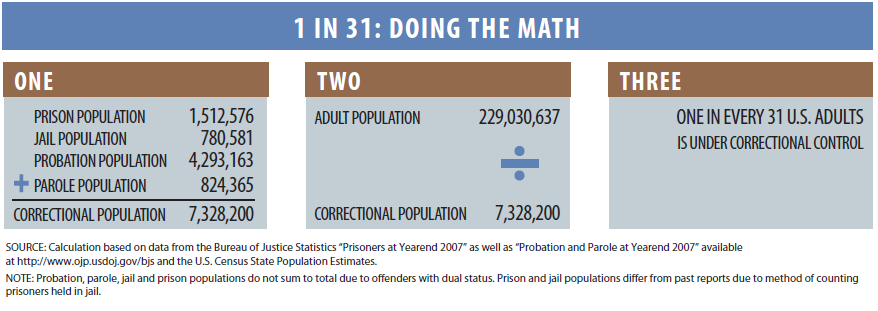
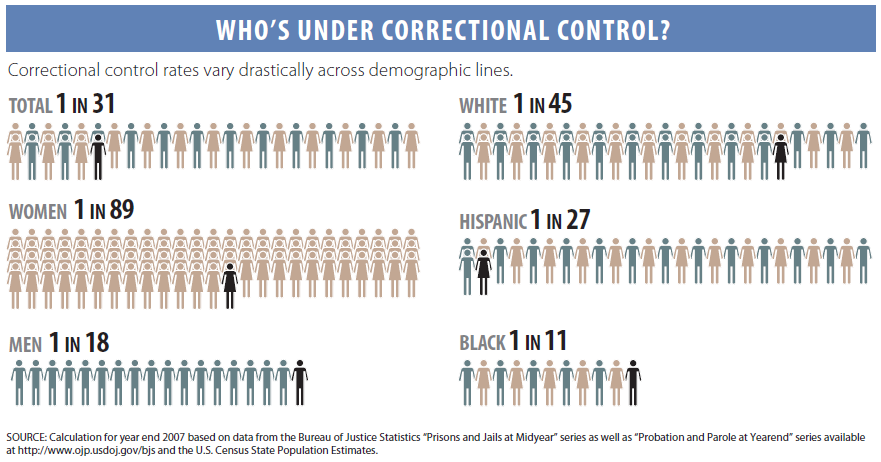 See the
See the 